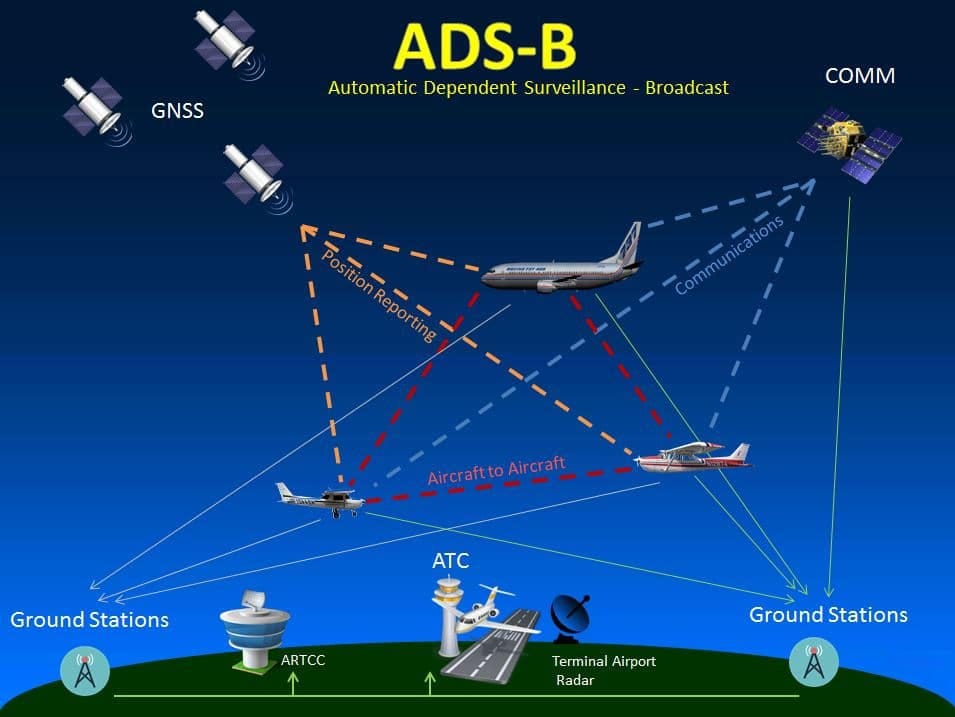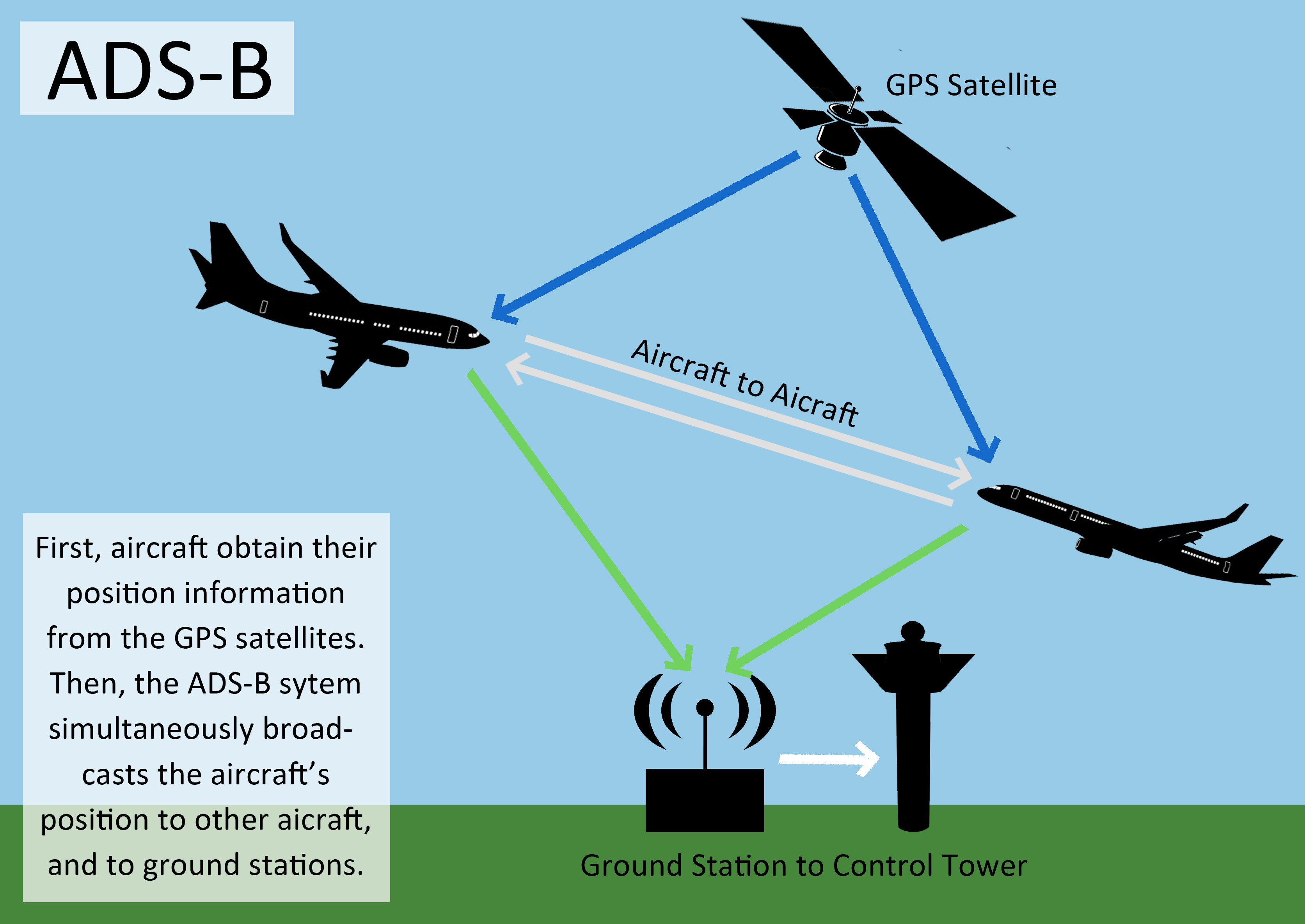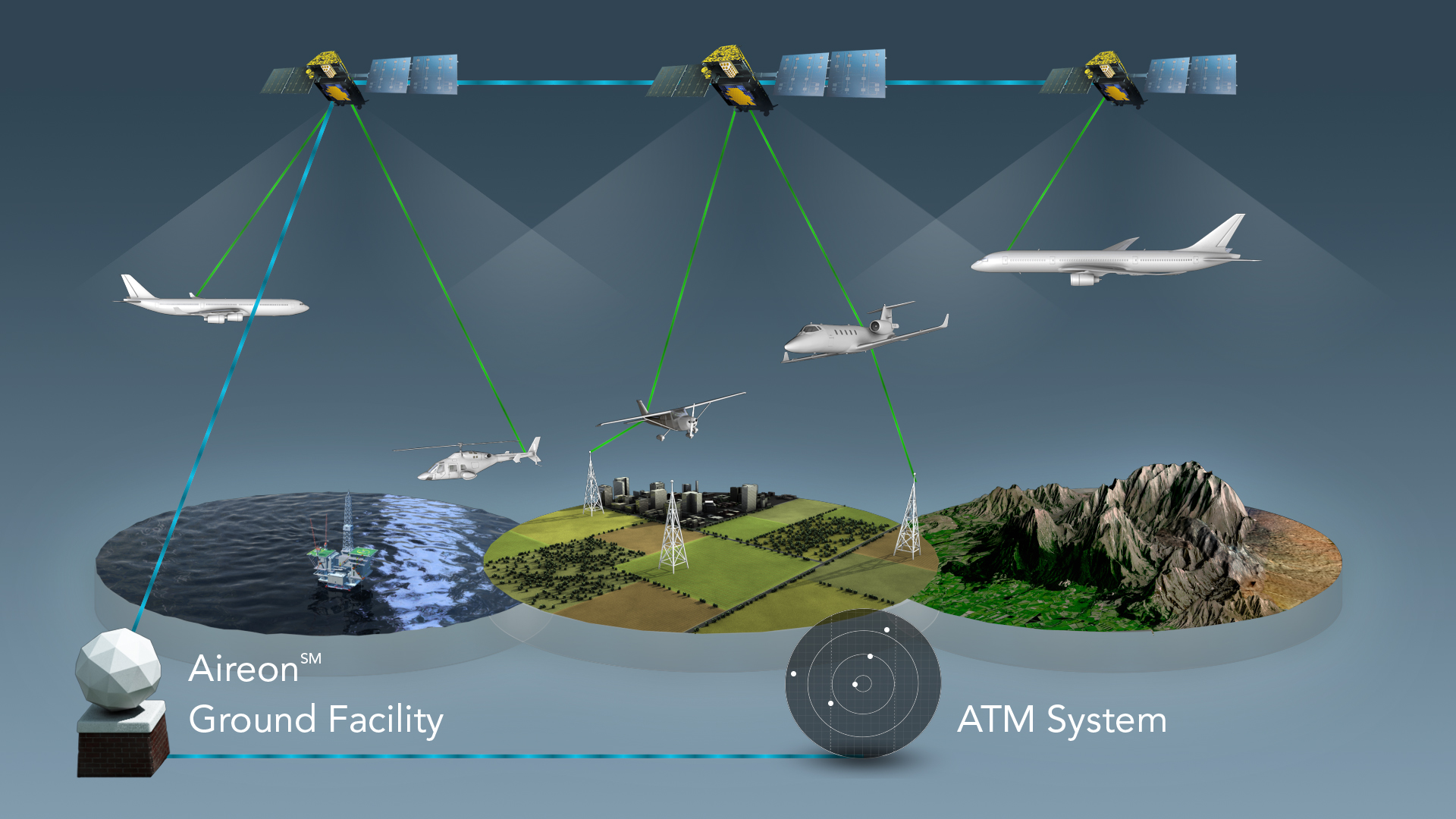Are you fascinated by the unseen ballet of aircraft crisscrossing the skies? The ability to track these metal birds, decipher their journeys, and understand the complex dance of air travel is no longer confined to air traffic controllers or industry insiders. It's a world now accessible to anyone with a curiosity for flight.
The modern age has ushered in an era of unprecedented transparency in aviation. Data, once jealously guarded, is now flowing freely, allowing enthusiasts, researchers, and even casual observers to delve into the intricacies of air travel. This accessibility is transforming how we perceive and interact with the skies above, offering a wealth of information at our fingertips. The shift has given rise to a global network of individuals and organizations dedicated to collecting, analyzing, and sharing this invaluable data. Through collaborative efforts and technological advancements, a comprehensive understanding of air traffic is becoming a shared resource.
This expansive data ecosystem offers a multitude of functionalities. You can, for instance, view detailed aircraft flight histories, tracing a planes trajectory from takeoff to touchdown. Searches can be conducted using various criteria: the unique hexadecimal identifier (hex ID), the aircraft's callsign, the type of aircraft, its altitude, speed, and distance traveled. This information is readily available through various online platforms and services, providing a comprehensive snapshot of the aircraft's activity. Additionally, users can explore the enroute service ceilings and floors, crucial elements in understanding an aircraft's operational limitations and the airspace it occupies.
- Pudge Rodriguez Net Worth A Closer Look At The Baseball Legendrsquos Wealth
- Unveiling The Wealth Of Gene Autry How Much Was Gene Autry Worth
Beyond the immediate information, a vibrant community thrives around this data. By joining this community, individuals can actively contribute to the network, bolstering its data coverage and accuracy. These contributions can lead to unlocking premium features, often providing access to more advanced analytical tools, historical data archives, and even enterprise-level APIs. The collective knowledge of this community is immense, and participation fosters a deeper appreciation for the complexities of aviation.
To understand how this information is collected and presented, it's important to understand the underlying technology. These systems receive transmissions from aircraft, which are broadcast via technologies such as ADS-B (Automatic Dependent Surveillance-Broadcast). These transmissions, carrying a wealth of information, are then processed, analyzed, and displayed, often in real-time, on interactive maps and other data visualization tools. The collected data enables the tracking of flights, but also allows detailed analysis of aircraft performance, routing, and traffic patterns.
The process, however, is more intricate than it might initially appear. Aircraft tracking, while seemingly straightforward, relies on a delicate balance of technology, data processing, and human collaboration. The sheer volume of data generated by the global air traffic system is immense, requiring sophisticated algorithms and systems to ensure accurate, reliable information. The how of this works is important. It is a bit different and requires a deeper understanding of the underlying technologies. The specific methods of data collection, processing, and presentation vary between platforms and services.
- Discovering The Net Worth Of Florence Henderson The Legacy Of A Beloved Icon
- Rhett Akins Net Worth Exploring The Wealth Of The Country Music Star
A crucial aspect of this is the role of individual contributors. Many enthusiasts and organizations contribute to the network by operating "feeders." These feeders are essentially receivers that capture the data transmitted by aircraft and relay it to the central platform. This collective effort is essential for covering geographical areas with limited radar coverage or in regions where data collection is not readily available. By becoming a feeder and joining the exchange, individuals help expand the network and contribute to a more comprehensive understanding of the aviation landscape. The system allows individuals, people just like you to play a vital role in expanding the network's data coverage and accuracy.
If you are looking for specific information, the best place to start is often the aircraft's registration number. The registration number uniquely identifies an aircraft, providing a direct pathway to its flight history, technical specifications, and other essential data. Whether you are researching an aircraft you are flying or simply curious about a particular flight, the registration number is your gateway to a wealth of information.
Consider this: By default, these platforms often display information in a user-friendly format. The maps are designed to convey a vast amount of information clearly, with aircraft positions, flight paths, and other critical details visible at a glance. Users can customize map views, filter data based on various parameters, and explore the information available. The user-friendly interfaces allow even those with minimal technical experience to navigate the data and extract meaningful insights.
The driving forces behind the evolution of flight tracking are safety and efficiency. In the vast and dynamic world of aviation, these two principles are of paramount concern. Tracking systems improve safety by enabling real-time monitoring of aircraft, identifying potential hazards, and providing crucial data for incident investigations. They also enhance efficiency by optimizing air traffic flow, minimizing delays, and enabling better resource allocation.
Whether you're a pilot, air traffic controller, aviation enthusiast, or simply curious about the world around you, the accessible nature of aircraft tracking data offers a captivating glimpse into the world of flight. It empowers individuals to connect with the skies above, understand the complexities of air travel, and become active participants in the evolving landscape of aviation. The information is available on a variety of platforms, offering a wealth of options. You can access data, tracking maps, the shop, and the community through various online services. The availability of such a rich data source continues to drive innovation and provides unprecedented insights into the workings of modern air travel.



Detail Author:
- Name : Marco Zulauf V
- Username : erwin02
- Email : legros.lisette@yahoo.com
- Birthdate : 1985-08-11
- Address : 94356 Jarrett Squares Port Spencerton, WY 61469-8057
- Phone : +1-925-576-0854
- Company : Renner, Ortiz and Schmitt
- Job : Agricultural Equipment Operator
- Bio : Consequatur voluptates ut et ut et quia. Distinctio et at dolore molestias. Eos voluptas ut dolores nemo. Qui pariatur illo et maxime at.
Socials
linkedin:
- url : https://linkedin.com/in/shayne_real
- username : shayne_real
- bio : Eum occaecati fuga autem quam dolore.
- followers : 753
- following : 1013
twitter:
- url : https://twitter.com/shaynegoldner
- username : shaynegoldner
- bio : Ab laudantium enim non qui tenetur ipsam. Quia aut maiores placeat. Quo ab et ullam est eum.
- followers : 4651
- following : 2751
instagram:
- url : https://instagram.com/goldner1995
- username : goldner1995
- bio : Et ea porro non nobis. Sunt quam itaque ut. Et nam suscipit quidem.
- followers : 139
- following : 165
tiktok:
- url : https://tiktok.com/@shayne5967
- username : shayne5967
- bio : Sed est nobis error optio est aut impedit eos.
- followers : 742
- following : 1527